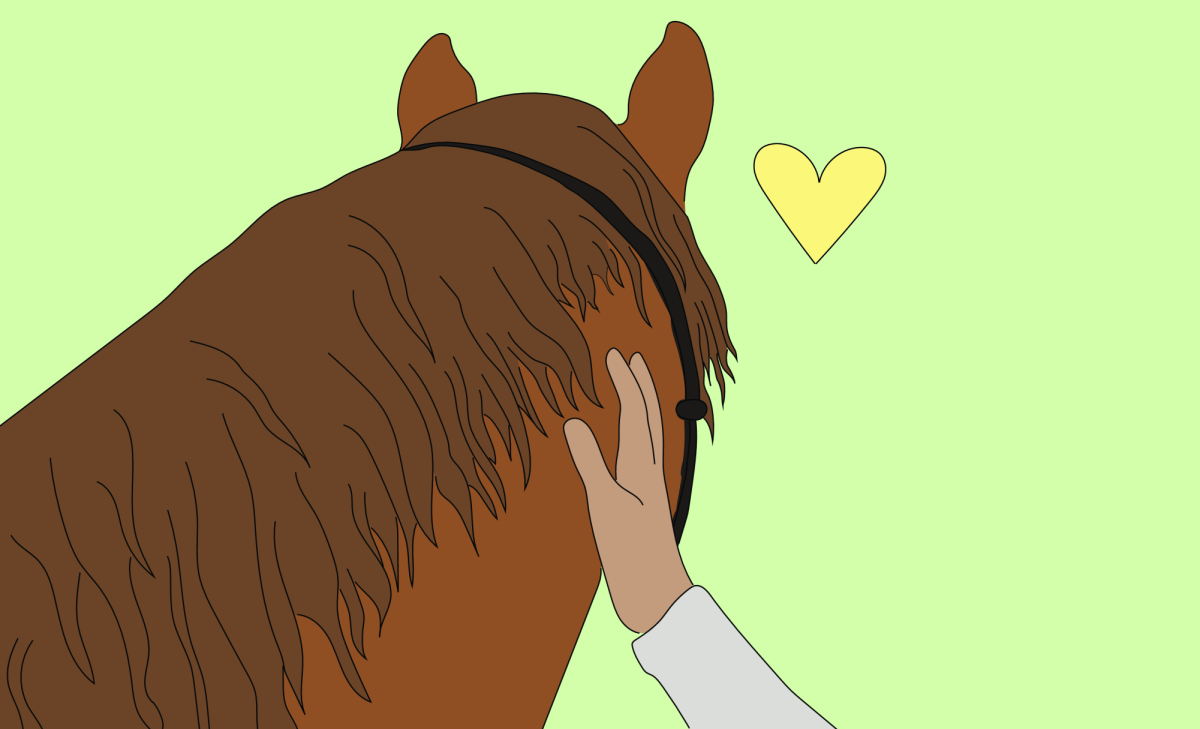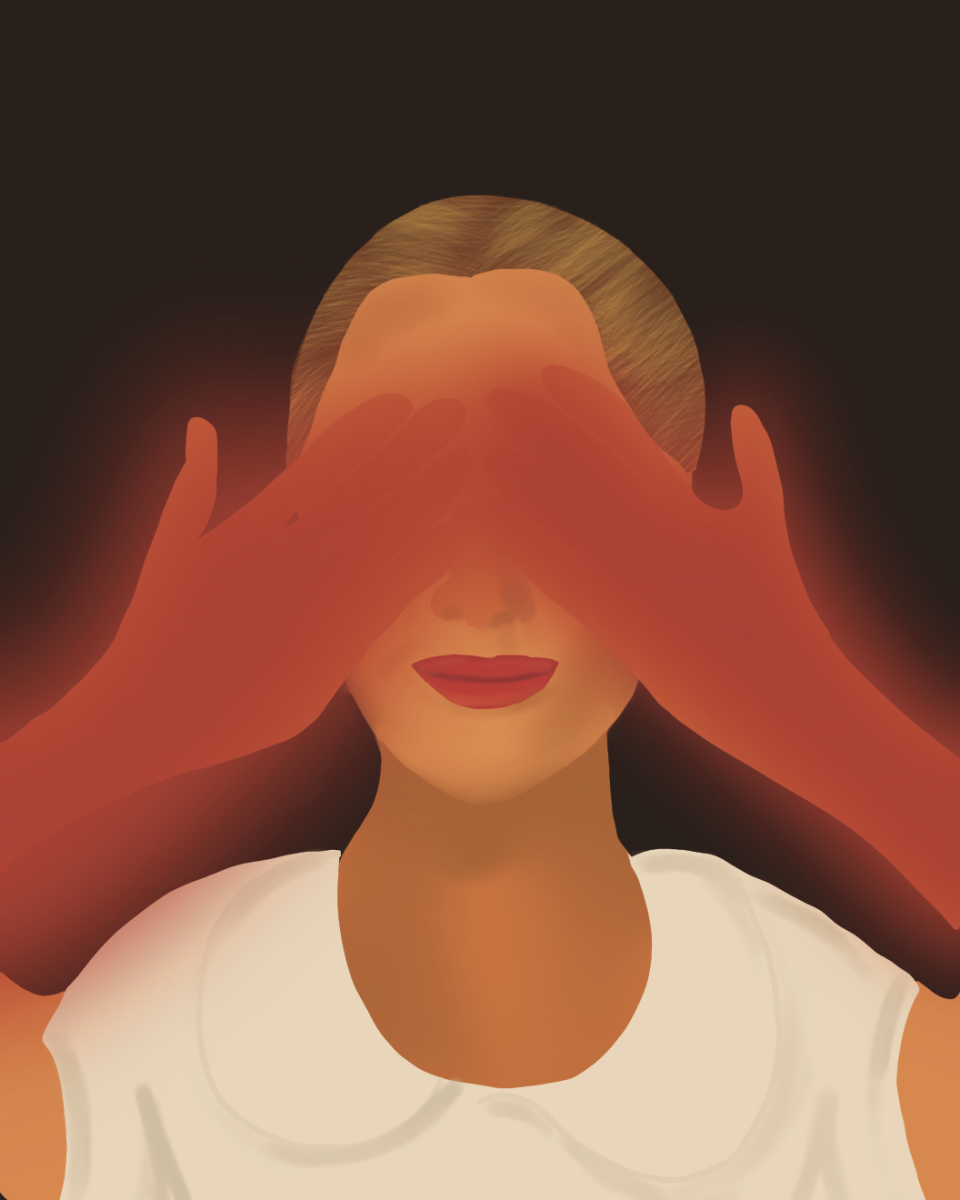A brief history of satirical news
A rather recent pop culture phenomena, the satirical news show, has been growing steadily in popularity since 1996, the year that the “The Daily Show” premiered. Over two decades, it has exploded onto the face of popular media with Jon Stewart, Stephen Colbert, and more recently, John Oliver and Samantha Bee leading the charge.
But satirical news has much deeper and older roots. In fact, as long as journalism has been around, satirical news has been right alongside to poke fun at it. A large part of satirical news stems from political satire which we can still see today as heavily included. Political satire began around 2,400 years ago in ancient Greece with the Greek playwright Aristophanes critiquing the Athenian government, according to Pennsylvania State University. However, some records indicate it could even go back further to 2000 B.C., as referenced in ancient Egyptian papyrus scrolls.
From these origins, satire continued growing, with innovations like the Gutenberg printing press and public education, and at some unspecified point became popular in the world of journalism. One of the earliest and most famous examples is the Great Moon Hoax of 1835. Richard A. Locke, a reporter for The New York Sun, wrote a six-piece story about a recent discovery of a civilization on the moon. The best part? Locke wrote it under the name of Dr. Andrew Grant, an astronomer, which gave it complete credibility. The story caused a stir, but was eventually revealed to be a hoax a few weeks later. Regardless, The Sun saw a bump in sales and was established as a successful newspaper from then on.
With the next century came the booming innovation of television, and satirical news was brought right along with it. Postwar America also came with the ever-scarier world of the Cold War. Unfortunately, the first decade or so after WWII, parody shows faced heavy backlash during what came to be known as the second “Red Scare,” when art was scrutinized for any hint of Communist support or affiliation. Eventually, the scare ended in the late 1950s, and a more free media returned.
But while the scare ended in the U.S., the Cold War dragged on into even more terrifying proportions. To allay people’s fears, satire became extremely popular in television during the 1960s and into the 70s, which saw the rise of shows like “Rowan and Martin’s Laugh-In” and the ever-relevant “Saturday Night Live.” While both were classified as variety shows, they featured dedicated sketches to satire in relevant news.
These satirical news bits are the most direct ancestor we have to the sharp rise in popularity of media satire seen in the past few years. On July 21, 1996 the first episode of “The Daily Show” aired with its host Craig Kilborn. A few years later, in 1999, comedian Stewart took over and set the stage for a new age of popular satire. From Stewart’s hosting of “The Daily Show” came “The Colbert Report,” “Last Week Tonight” with Oliver, and “Full Frontal” with Bee.
This past Sunday saw the return of “Last Week Tonight.” And with the informational and political climate beginning to take shape, I was looking forward to it more than I usually did. We face an ever-tense world, so it has never been a more important time to stay informed. But much like the generation before us growing up under the Cold War, I find it nice to look at the world and laugh for a moment.
In the 1960s the Smothers Brothers were a popular musical comedy act. When they began to incorporate satire about the government toward the Civil Rights movement and the Vietnam War, they were told to stop, yet the pair refused to back down under threat of cancellation. The show was cancelled in 1969, and the host, Thomas Smothers, said: “There’s no one in the world, if anything is meaningful and truthful, that you’re not going to offend someone. You’ve got to be able to say what it is, say how it is, and take the consequence.”












































